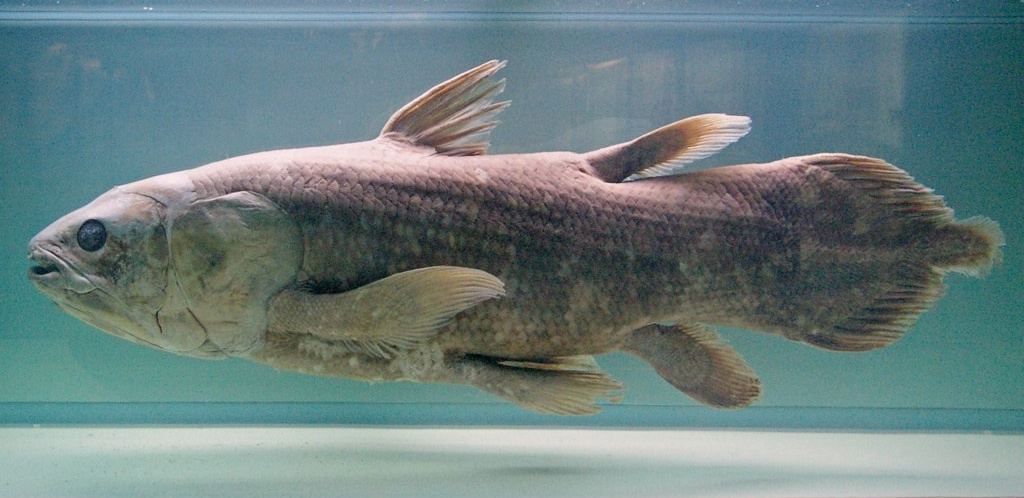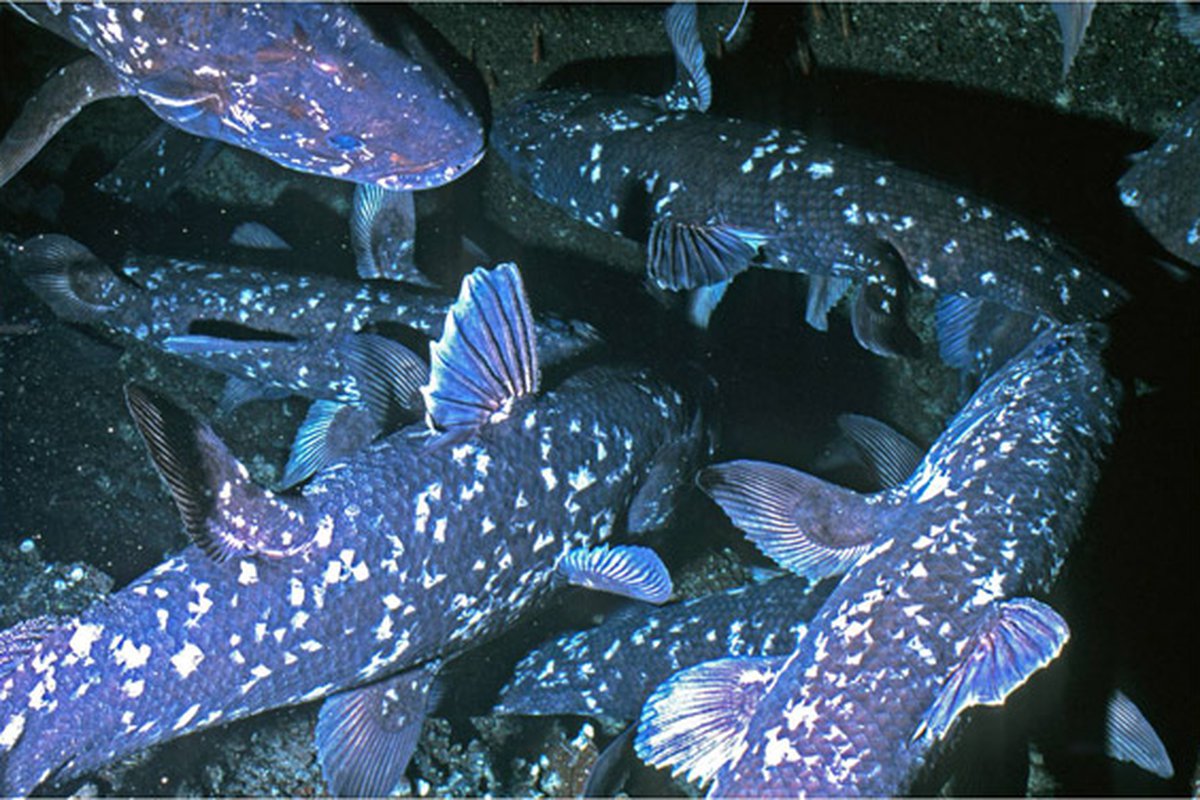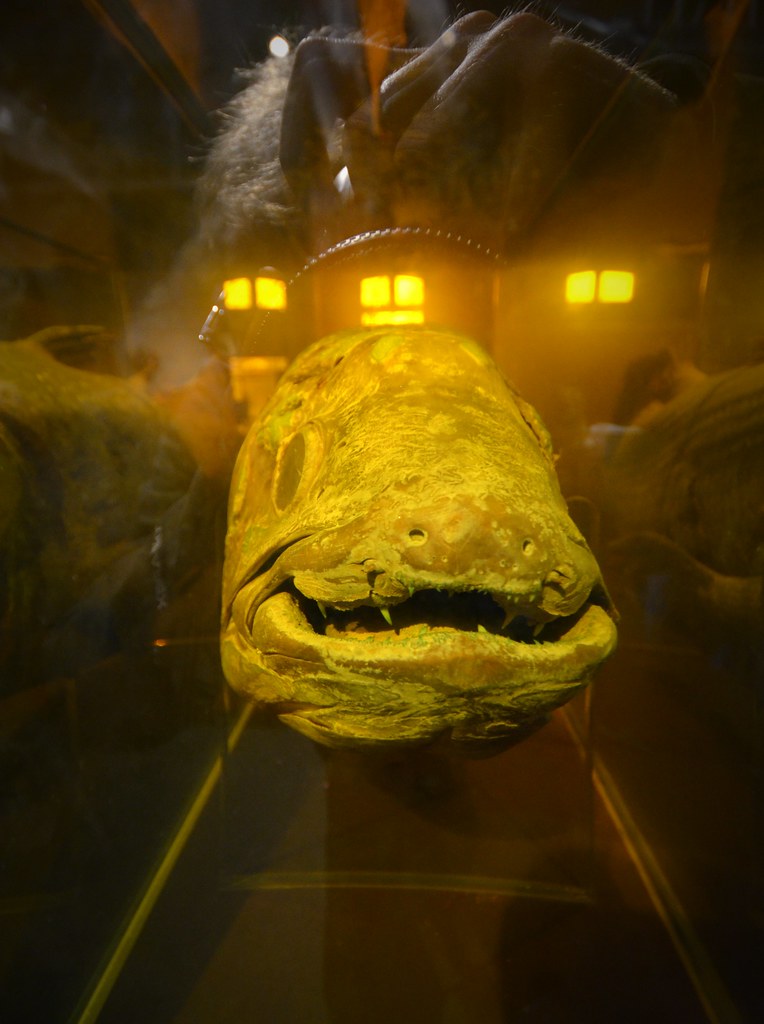Shark hunters have rediscovered a previously unknown population of fish that predates dinosaurs and was once thought to be extinct.
 The ‘fossil fish’ is 420 million years old. Image credit: Daniel Jolivet
The ‘fossil fish’ is 420 million years old. Image credit: Daniel Jolivet
The remarkable find, first outlined by Mongabay News, is a result of shark hunters using gillnets to fish for sharks in the Indian Ocean near the southwestern part of Madagascar, where they accidentally turned up the ancient fish.
The coelacanth (Latimeria chalumnae) is a 420-million-year-old ‘fossil fish’ that has four fins that act like limbs. The fish was thus given the moniker ‘Old Fourlegs.’
The fossil fish is so rare it was thought to have gone extinct with dinosaurs over 65 million years ago. However, the discovery of a living specimen off the coast of South Africa in 1938 prompted debate about whether this fish fits into our understanding of the evolution of land animals.
 Group formation of coelacanths within a single cave off Grand Comore. Photo: Hans Fricke
Group formation of coelacanths within a single cave off Grand Comore. Photo: Hans Fricke
Known for their bizarre appearance, coelacanths can weigh up to 200 pounds and live for 48 years according to National Oceanic and Atmospheric Administration. They can reach up to 6.5ft in length and have spotted scales throughout their body.
In nature, coelacanths are found in undersea canyons at depths between 100 and 500 meters. Unfortunately, demand for shark fins and oil has led fishermen in southwestern Madagascar to set their gillnets in deeper waters – right where the fossil fish live. In this way, they are finding – and possibly harming – previously-unknown populations of these West Indian Ocean coelacanths.
 Image credit: D.H. Parks
Image credit: D.H. Parks
A recent study published in the South African Journal of Science indeed warns that gillnet fishing, which really came of age when shark hunting ratcheted up in the 1980s, may severely impact the remaining coelacanths population.
‘The advent of deep-set gillnets, or jarifa, for catching sharks, driven by the demand for shark fins and oil from China in the mid- to late 1980s, resulted in an explosion of coelacanth captures in Madagascar and other countries in the Western Indian Ocean,’ the researchers wrote.
The coelacanth may have survived the dinosaurs, but will it survive us humans?








